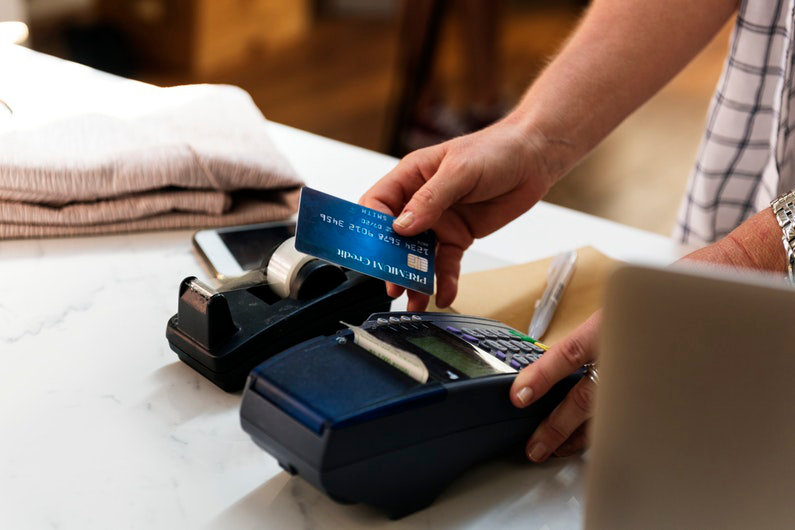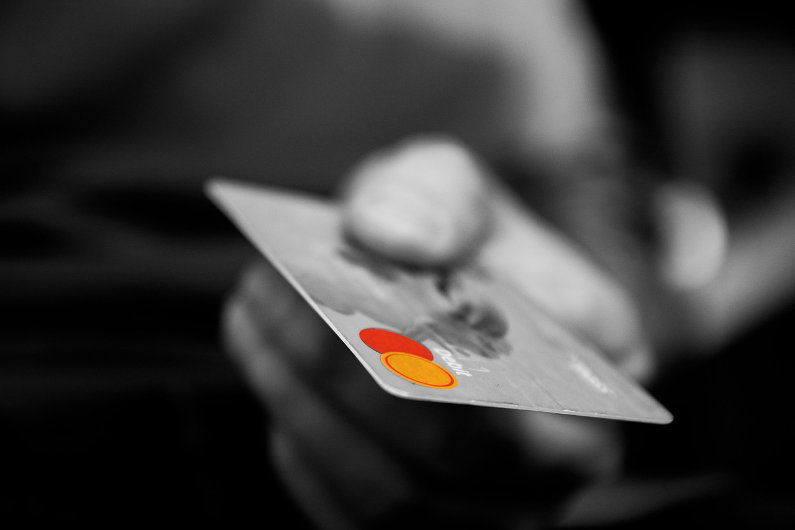In simple terms, credit card fraud means trying to pay for the goods or services with an unlawfully obtained credit card details belonging to another person. Every single year, thousands upon thousands of people are victimized by fraudsters, and it’s everyone’s duty to put up a fight against their malicious deeds.
As criminals are becoming increasingly more clever, it’s important to always stay a few steps ahead of them and keep educating yourself on the types of credit card fraud you can encounter, both as a consumer and a business owner.

Here are 4 of them to get you started:
1. Phishing fraud
Although it’s a term mostly known in the world of cyber security, phishing refers to an act of sending fraudulent emails misrepresenting the sender and asking for sensitive personal data (like passwords and credit card numbers). By masquerading as someone the victims trusts (like an administrator of a well-known website), the victim is prompted to visit a fake form that looks like it belongs to a legitimate website, with one notable difference: it was specifically designed to harvest sensitive data off of unsuspecting users.
To stay on the safe side, never open any links sent to you through an email. Instead, always visit the website in question by inputting the link directly in the URL bar of your browser. Alternatively, you could try to access it through Google.
2. Counterfeit card fraud
Did you know it’s possible for someone to magnetically copy the data that’s stored on your credit card? This is done through card skimming, the result of which is a perfectly functional credit card (without the chip, of course). The perpetrator can then use the card to pay for goods or services with money that belongs to the victim.
If you’re a sales clerk, don’t fall for the trick of them trying to convince you there’s something wrong with the card, prompting you to process the transaction manually. Should you have reason for concern, simply deny the transaction and contact the authorities immediately.
3. Card not present fraud
Sometimes, criminals manage to obtain partial credit card data like the cardholder’s full name, the number, and the expiry date. However, the card verification code is missing from their repertoire. In order to obtain it, they try making small orders, inputting random number combinations, and hoping the order goes through; after all, it only consists of 3 digits, making for 999 possible combinations in total. This can be done through the phone, internet, or email.
Due to this, it’s important to stay PCI compliant. Luckily, companies like Ivrnet can help you avoid credit card fraud, which plays an instrumental role in avoiding government fines as well.

4. Fake credit card fraud
Criminals who are extremely skilled at forgery can create a fake credit card using fake names, a legitimate magnetic strip, holograms, etc. However, since these are obviously not linked to a bank account, the credit card company will not pay for the purchases made with such a card, effectively allowing the perpetrator to get away with the goods without paying a dime.
The solution is to keep your eyes peeled. If you notice anything strange with the card (it could be the way it looks or feels), it’s better to stay safe and not do business with the individual suspected of trying to cheat the system than risk being taken for a fool.
Conclusion
These 4 types of credit card fraud are not to be underestimated, so if you want to avoid getting scammed, learning how to combat them is paramount. This doesn’t mean you have to view everyone as a potential suspect, just keep in mind there’s always a small chance of something fishy going on in the background. In the end, the good news is that by learning to recognize these threats, you’ll be able to stop them in their tracks before they even get a chance to victimize you.

